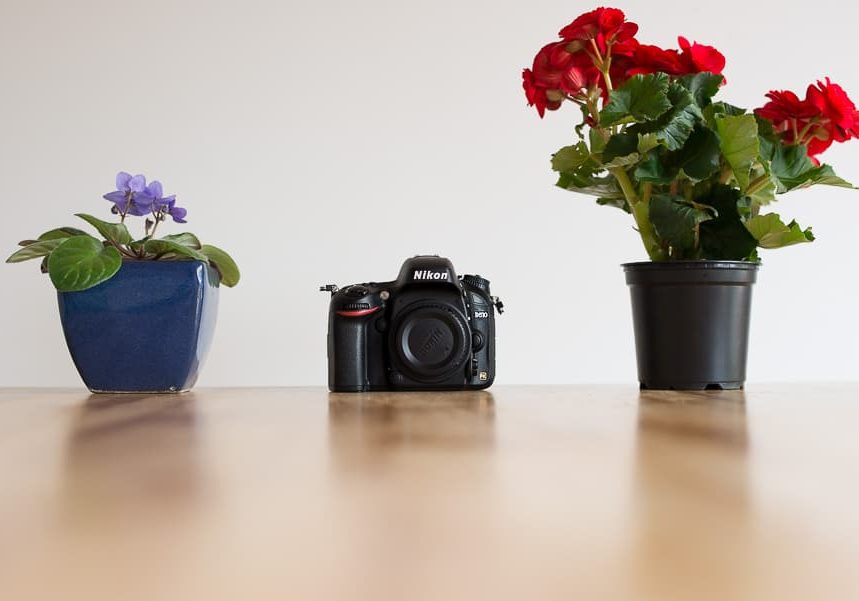
Nikon D610 Camera Review
Nikon D700 shooters wondering what camera to buy next, this impartial review of the Nikon D610 by a professional wedding photographer will help you make the decision.
Rather than diving straight into a review of the Nikon D610, I felt that you deserved a bit of background on what I went through before finally deciding to purchase one. I’m confident that a lot of Nikon shooters in particular will be in the same boat that I was, and that this little story will help them make an important purchasing decision.
This review could equally be called ‘a comparison between the Nikon D700 and thlene Nikon D610’, or ‘Nikon D610 vs D700’.
Nikon D610 Review Summary
Full-frame HDSLR with a 24.3-megapixel sensor, 6 FPS continuous shooting, and a fast, precise autofocus system that delivers exceptional image quality. A wide ISO range captures lifelike details with low noise and good low-light performance. Features Wi-Fi compatibility, 1080p HD video, built-in flash, and more – all within a durable, weather-sealed body.
The Nikon D610 – Farewell D700
I, like so many others, have felt a little lost with Nikon of late. Having been a happy owner of a Nikon D700 for several years, (see my short review of the Nikon D700), I finally decided that it was on its last legs and was due for an upgrade. 7 years in technology is a very long time, and after having rented and tested all of the new breed of Nikons (D600, D800, D4), I realized my D700 was looking a little long in the tooth.
Ergonomically, I still think the Nikon D700 is the best full frame camera Nikon has ever produced. It was the original reason I chose Nikon over Canon, and I find its balance and shape perfect for my big hands. It’s relatively small for a full frame camera whilst still feeling rugged and solid – I find that the D600 and D800 seem to feel more rubbery or plasticky or something.
The image quality on the Nikon D700 is excellent, although when compared to the RAW files straight out of the newer breed of Nikons, it’s definitely lacking some punch. It was here that I started running into problems when shooting with another hire camera. When I shot a wedding, I’d go all out and hire a Nikon D4 (which I actually think is overkill for a wedding), and had problems colour matching the files to the D700’s during post. When I hired the Nikon D800, the same was true.

Left: Camera: Nikon D800, Lens: 85mm f/1.4. Right: Camera: Nikon D700, Lens 35mm f/1.4. Ignoring the different exposures and focal lengths, this comparison shows the difference in colour between a D800 file and a D700 file – both straight out of camera RAWs converted to JPG.
In fact, even shooting with a combination of the Nikon D600 and Nikon D800, there are noticeable colour differences, so it became clear that if I wanted to save time in post, I’d have to invest in two of the same body.
Of course, this is the ideal scenario for simplicity of use as well, and is what many wedding photographers carry, but when you have one perfectly capable camera, it takes some guts to splash out and invest in two brand new ones.
The Nikon Conundrum
So, there I was with one perfectly capable Nikon D700, and I knew I wanted 2 matching bodies… what to do?
When researching new gear, it’s very easy to get caught up in the marketing hyperbole and lose yourself in amazing new features you probably don’t need. That’s why I prefer to assess a new gear purchase by listing the relevant cons, as a way to ascertain which cons are the ‘smallest’. Here’s what I came up with:
Mark’s Nikon Full Frame Camera CONS list!
Nikon D600/Nikon D610 – “The overachieving younger brother”
- Smaller focus area
- Slower maximum shutter speed (partly irrelevant since the ISO can be reduced to 100)
- Less rugged
- Smaller Multi Selector pad
- No zoom to 100% centre button
Nikon D700 – “The O.G.”
- High ISO is good but not as good as the ‘new breed’
- Auto-focus is good but not as good as the ‘new breed’
- Only one card slot
Nikon D800 – “The Show-off”
- Files are way too big
- Only 4fps
Nikon Df – “The Hipster”
- Grip is too small
- Poor auto-focus in low light
- Only one card slot
- Controls are too fiddly
Nikon D4 – “The Steroid Junkie”
- Too expensive
- Too heavy
- Too loud!
- Sony XQD cards are still expensive
- Different format dual card slots doesn’t make sense to me
Remember, these are the cons that are relevant to me as a wedding photographer. I know many Nikon D4 wedding shooters who are over the moon with their camera, as are the Nikon D800 shooters I know – it’s all just personal preference, and the above is my own. There’s no doubt that any of the cameras in the Nikon range can produce an amazing image – I’m mainly assessing physical drawbacks.
I got so lost in this irritating game of ‘where to go next’ for several weeks, reading up on every Internet review I could find on what seemed like every DSLR in existence. I even almost jumped ship to Canon! I have nothing against Canon, but changing camera systems when you already have amassed a lot of gear is a huge step. My Amazon shopping cart was at one stage full with the Canon Wedding Photographer’s Kit™, (Canon 5D mk iii, Canon 85mm f/1.2, Canon 50mm f/1.2, Canon 35mm f/1.4), but luckily I came to my senses and hit the cancel button before a huge hole was burned in my wallet!
Even though the upgrade path wasn’t as clear as it perhaps was with Canon, I decided to stick with Nikon…
Upgrade of Downgrade?

Left: Nikon D700 | Right: Nikon D610
So, let’s cut to the chase. I finally took the plunge and ordered two Nikon D610 ‘s. The price on Amazon (click any of the links to see it) including shipping to Sydney was still much lower than my local shops, so at least I felt like I’d got a bargain.
Holding the Nikon D610 body, I must admit that I felt like I’d downgraded from the Nikon D700. There was no ‘confident’ weight/balance, the ergonomics were worse, the Multi Selector pad was smaller and there were less dedicated buttons.
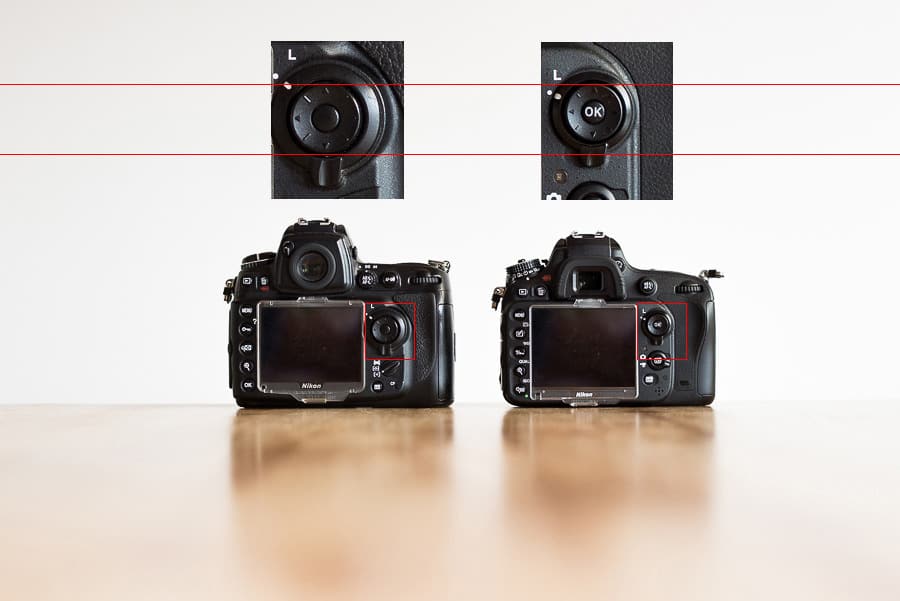
Comparison of the Nikon D700 vs Nikon D610 Multi Selector Size. This was quite an annoyance for me.
I also dislike Nikon’s new Focus Mode Selector, where you have to press a button and swivel a dial to change modes rather than the Nikon D700’s simple 3 stage switch. Having said that, there’s admittedly much less danger of the mode accidentally changing when you pull the camera out of your bag, for example.
The Right Decision!
However, when I started shooting, I knew I’d made a big upgrade! The autofocus was snappier, and dealt with low contrast/low light scenes even better than the Nikon D700, and almost as good as the Nikon D4. The Auto-White Balance got it right 99% of the time and the colours seem to pop out the screen. Skin tones are also awesome, although the Nikon D700 was no slouch in that department either.
The reduced size and weight of the Nikon D610 actually became a huge plus for me, and my back thanked me at the end of the shoot. I also realised that the grip size is actually identical to the Nikon D700. As I mentioned before, I have fairly large hands, so comfort when holding is a huge factor for me, and the main reason I didn’t go with the Nikon Df with its ‘form over function’ design.
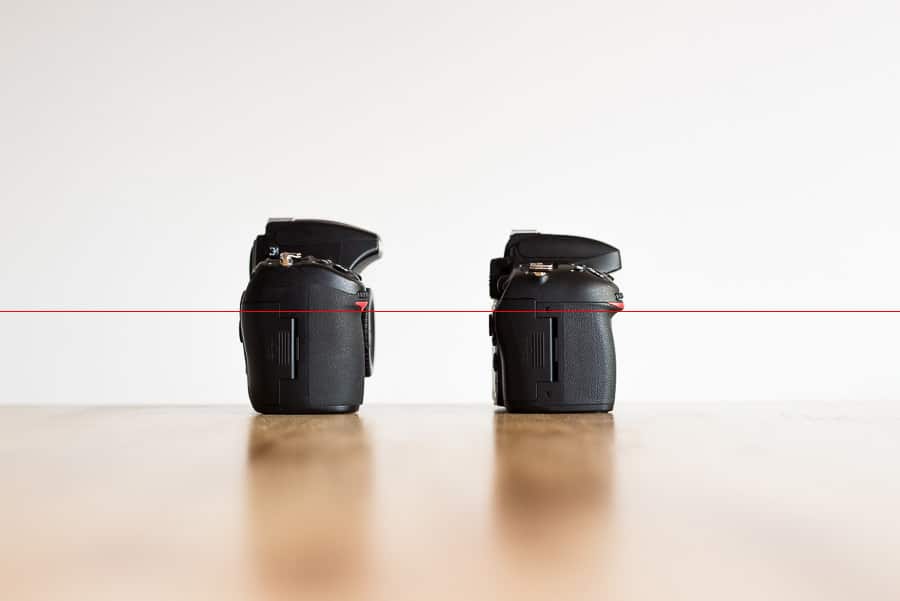
Although the Nikon D700 on the left is taller than the Nikon D610, the grip sizes are the same.
I’ve been using Live View more and more at weddings, and sometimes use it to set Kelvin white balance. The Live View on the Nikon D610 is superb – very close in speed to the Nikon D4 in fact, which has the fastest Live View start up time of any Nikon.
The Nikon D700 used CF cards, and I’d amassed quite a collection of them over the years, so was initially disappointed that they were now made redundant with the Nikon D610, which holds 2 SD cards. SD cards seem like toys to me, and their size/weight make me nervous. However, after one day shooting a whole wedding with dual 32gb Sandisk Extreme Pro SD cards in each Nikon D610 and not needing to change a card once, I quickly grew to like them! So what if they seem small and flimsy compared to CF cards – they’d be in my camera all day!
A lot of photographers use their second memory card slot as a backup. I prefer to use mine as an overflow, doubling the capacity of whatever card I’m using, so I never have to even think about changing cards. I also love the fact that the Nikon D610 uses the same format in each of its memory card slots, something the Canon 5D Mark 3 got very wrong.
Finally, and perhaps most importantly, the image quality is absolutely amazing. I’ve used Nikon’s flagship camera, the Nikon D4 on several occasions to shoot weddings, and I can honestly say that I can’t notice any difference in image quality to the Nikon D610. If you read in depth reviews on each camera elsewhere, the high ISO on the Nikon D4 is definitely better on paper, and it no doubt has better dynamic range and whatever else too, but to my eye, in image stakes the files from each camera are absolutely on par.
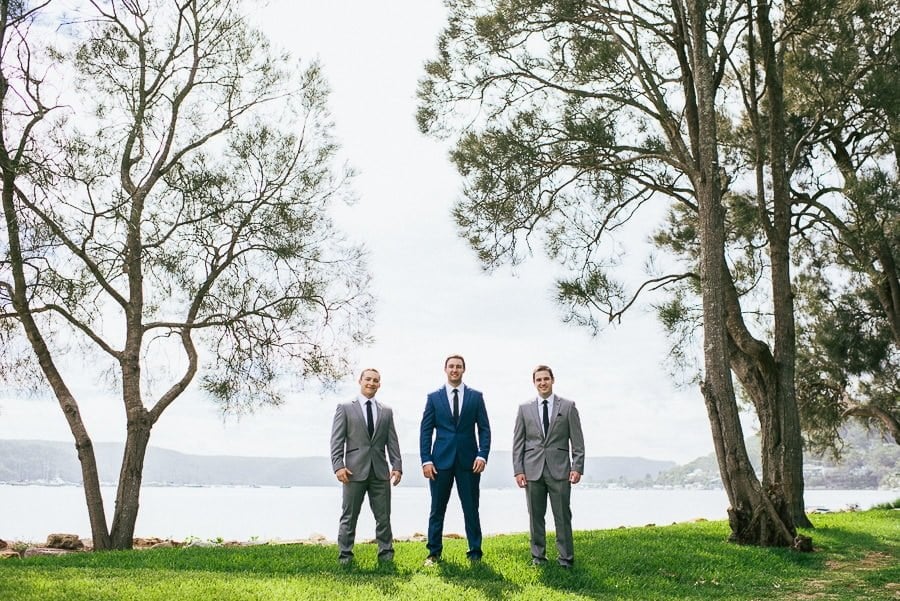
I had to really push this underexposed file in post to get the subjects exposed correctly and still maintain some highlight detail in the background. The files from the Nikon D610 have great dynamic range so this wasn’t a problem. Lens: Nikon 35mm f/1.4, 1/1000 f/2.8 ISO 100
I was always satisfied with the 12ish mega pixels of my Nikon D700, and the fact that the Nikon D4 ‘only’ had 16.4 mega pixels (and the Canon 1D mark III ‘only’ had 10.1) kind of supported the theory that loads of mega pixels aren’t really necessary. Having said this, I think the 24.3 mega pixels of the Nikon D610 is the perfect balance. It’s no memory card muncher like the Nikon D800, but there’s still more than enough room for some serious cropping. I very rarely crop at all, but for those times when I need to, it’s nice to know I can. Also, I don’t know the exact science behind it, but those extra mega pixels in the Nikon D610 really help to make the final image super sharp.

Lens: Nikon 35mm f/1.4, 1/320 f/3.5 ISO 100
I also love the 6 frames per second shot rate of the Nikon D610. The Nikon D700 already had 5 fps, but it’s impressive that the Nikon D610 has a faster frame rate even though the body size is smaller than the D700. 10fps of the Nikon D4 is overkill for weddings in my opinion, but I think 6fps is perfect. A fast frame rate isn’t just to capture fast moving subjects of course – it’s also useful for firing off a burst of shots to ensure you capture a person not blinking, or laughing at exactly the right moment for instance. Also, I like inserting the odd animated gif into my wedding posts, and a faster frame rate means a nicer animation. I know these aren’t for everyone, but I think they’re fun:

The fact that there’s no ‘centre button zoom to 100%’ feature on the Nikon D610 was almost a deal breaker for me. It’s such a small feature (and something that Nikon could no doubt add in a firmware upgrade), but since I often shoot my Nikon FX lenses wide open at f/1.4, I use that ‘zoom to 100%’ button a lot to check focus. One press and I know if I’ve nailed it. Now, I’m forced to bash the + magnifier button on the Nikon D610 repeatedly to check the same thing :-(
This is, however, something I quickly got used to, plus I enjoy the new feature on the Nikon D610 whereby pressing the + magnifier button once, then rolling the Sub Command Dial would cycle through faces on the preview screen (thanks to facial recognition). This proves extremely useful when shooting group shots at weddings in particular, allowing me to spot the blinkers in the group very easily and retake the photo if necessary. This saves me taking several photos to make sure everyone has their eyes open, which is what I’d do with the Nikon D700. When you’re shooting large groups of impatient people, this little feature is awesome!
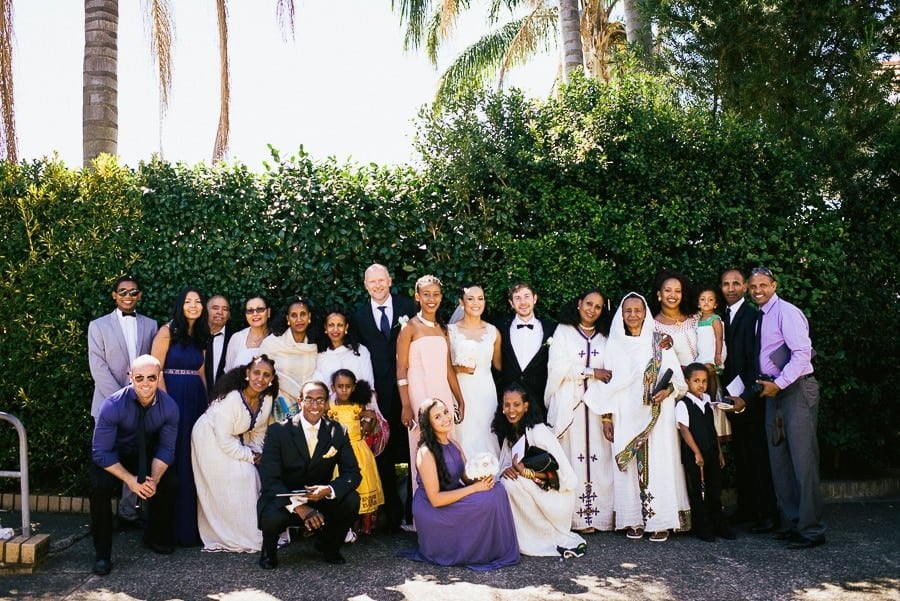
This was a really difficult shot in harsh midday sun. I’ve uploaded it just to illustrate why the facial recognition ‘check’ on the Nikon D610 is so useful. I think the camera got confused in Auto ISO, but it didn’t really matter. Lens: Nikon 35mm f/1.4, 1/4000 at f/3.5 ISO 1400
The Nikon D610 Features List
- Sensor: 24.3 MP FX
- Sensor Size: 35.9 x 24mm
- Resolution: 6016 x 4016
- DX Resolution: 3936 x 2624
- Native ISO Sensitivity: 100-6,400
- Boost Low ISO Sensitivity: 50
- Boost High ISO Sensitivity: 12,800-25,600
- Processor: EXPEED 3
- Metering System: 3D Color Matrix Meter II with face recognition
- Dust Reduction: Yes
- Weather Sealing/Protection: Yes
- Body Build: Magnesium Alloy
- White Balance: Updated White Balance System
- Shutter: Up to 1/4000 and 30 sec exposure
- Shutter Durability: 150,000 cycles
- Storage: 2x SD slots
- Viewfinder Coverage: 100%
- Speed: 6 FPS
- Exposure Meter: 2016 pixel RGB sensor
- Built-in Flash: Yes, with Commander Mode, full CLS compatibility
- Autofocus System: MultiCAM 4800FX AF with 39 focus points and 9 cross-type sensors
- LCD Screen: 3.2 inch diagonal with 921,000 dots
- Movie Modes: Full 1080p HD @ 30 fps max
- Movie Exposure Control: Full
- Movie Recording Limit: 20 minutes @ 30p, 30 minutes @ 24p
- Movie Output: MOV, Compressed and Uncompressed
- In-Camera HDR Capability: Yes
- Two Live View Modes: One for photography and one for videography
- Camera Editing: Lots of in-camera editing options with HDR capabilities
- GPS: Not built-in, requires GP-1 GPS unit
- Battery Type: EN-EL15
- Battery Life: 900 shots
- USB Standard: 2.0
- Weight: 760g (body only), 850g (with battery and memory card)
The full Nikon D610 product brochure is here.
The Conclusion
So as you might have guessed, I’m very happy with my purchase of the Nikon D610. Even though when I hold the Nikon D700 camera body and compare it with the Nikon D610, I can’t help but feel a little like I’ve let a loyal friend down, when I put the Nikon D700 away and concentrate on my new buddy the Nikon D610, I feel confident that it’s a much better camera. Added to this, when I export those glorious RAW files into Lightroom, I know that Nikon’s sensors have come a long way since the release of the Nikon D700. Here’s one RAW file from the Nikon D610, straight out of camera, just reduced in size and converted to jpg. It was shot in shade.
Nothing mind blowing, perhaps, but it does leave the washed out colours of the Nikon D700 RAW files behind in my opinion, and the increased sharpness is also apparent. “So what if the RAWs on the D700 are flat!”, you may say (and so did I initially), “when I edit the RAW file, I can make it look however I want!” Well, that might be true, but let’s just say that having a RAW file look so closely to how the original scene looked is a very comfortable place to start an edit ;-)
The Nikon D610 does have its small quirks, but the pros far outweigh the cons, and I haven’t even mentioned the price yet – the price of a Nikon D610 on Amazon is a good $1,500 cheaper than the Canon 5D Mark III, and you can buy TWO Nikon D610 ‘s plus a couple of decent f/1.4 prime lenses and still have change from the price of a Nikon D4!
I’m not saying that the Nikon D610 can be directly compared to either of these amazing cameras, but it’s just to illustrate how you can get almost identical image quality from a far cheaper body. The Nikon D610, and its closest equivalent in the Canon range, the Canon 6D, are both amazing value full frame cameras. Don’t believe the reviewers who talk about them as ‘amateur full frame cameras’ – they’re just confused at why such a good value full frame camera can produce such amazing results!
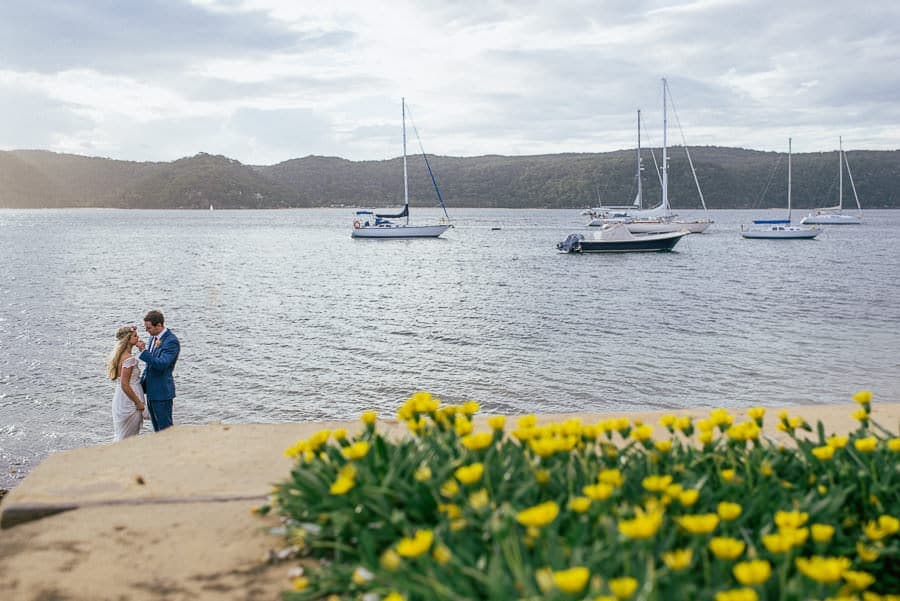
Lens: Nikon 35mm f/1.4, 1/500 sec at f/5.0, ISO 100
The Nikon D610 may be the ‘entry level’ full frame camera, but this doesn’t mean it can’t trade punches with the top dogs. If you’re embarrassed to pull your ‘cheap’ Nikon D610 out at a wedding next to rich Uncle Bob’s Nikon D4, don’t worry – you’ll have the last laugh at the end of the day when your wrists and back aren’t aching and you haven’t deafened the whole church with your machine gun of a camera ;-)
Final Words
It’s easy to pick holes in any camera in the Nikon line up, or any camera in the world for that matter as no camera is perfect. It’s just what works for you, and I hope that if nothing else, this review has given those who were on the fence a gentle nudge in the right direction. I genuinely think that the Nikon D610 is the best value full frame camera on the market, and its image quality alone has given me the confidence to never look back at my old faithful Nikon D700.
Here are some more photos from the most recent wedding I shot with the Nikon D610. I know that there are many variables other than just the camera that affect getting these final images, but hopefully they’ll give you some kind of idea what this camera is capable of.
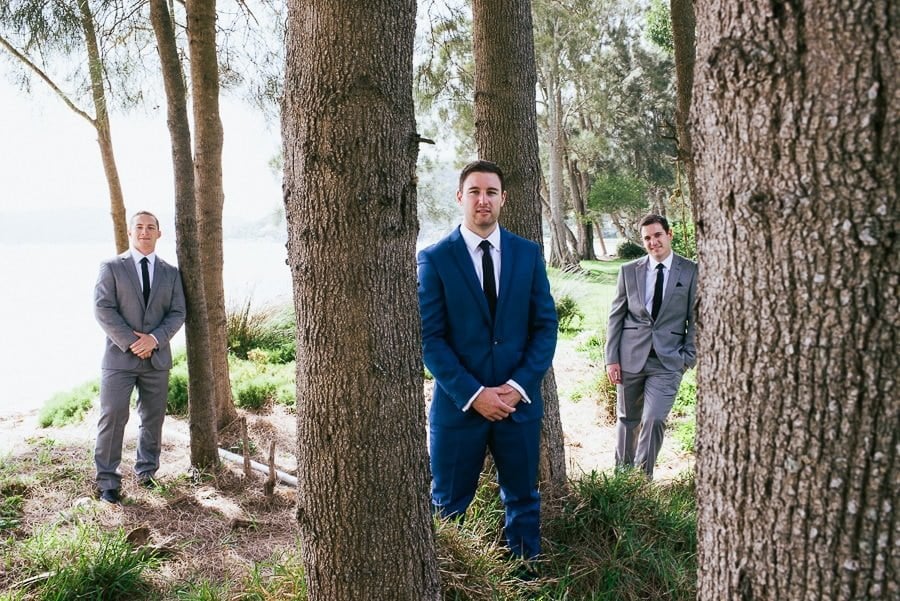
Lens: Nikon 35mm f/1.4, 1/50 f/11 ISO 140
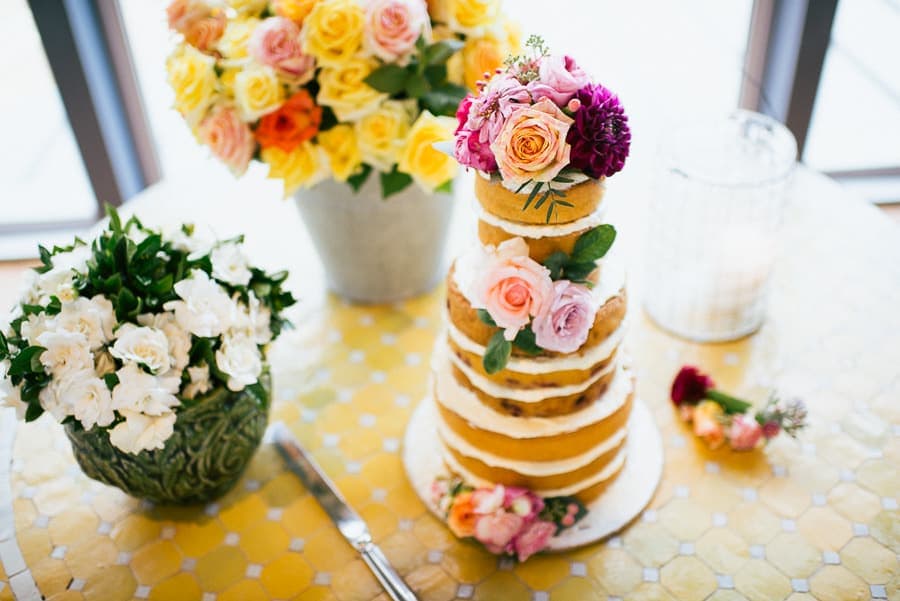
Lens: Nikon 35mm f/1.4, 1/80 f/1.8 ISO 100
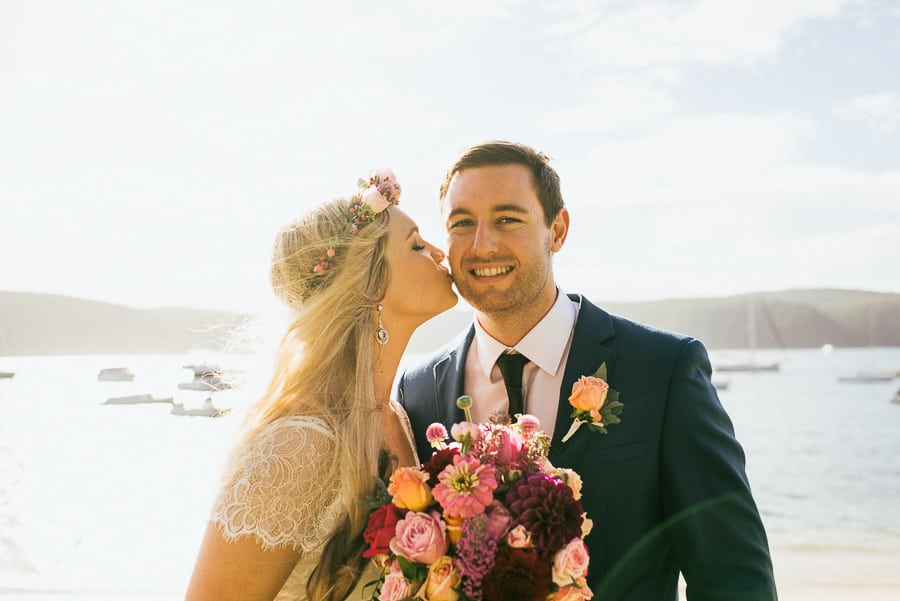
Lens: Nikon 35mm f/1.4, 1/1600 f/3.5 ISO 100
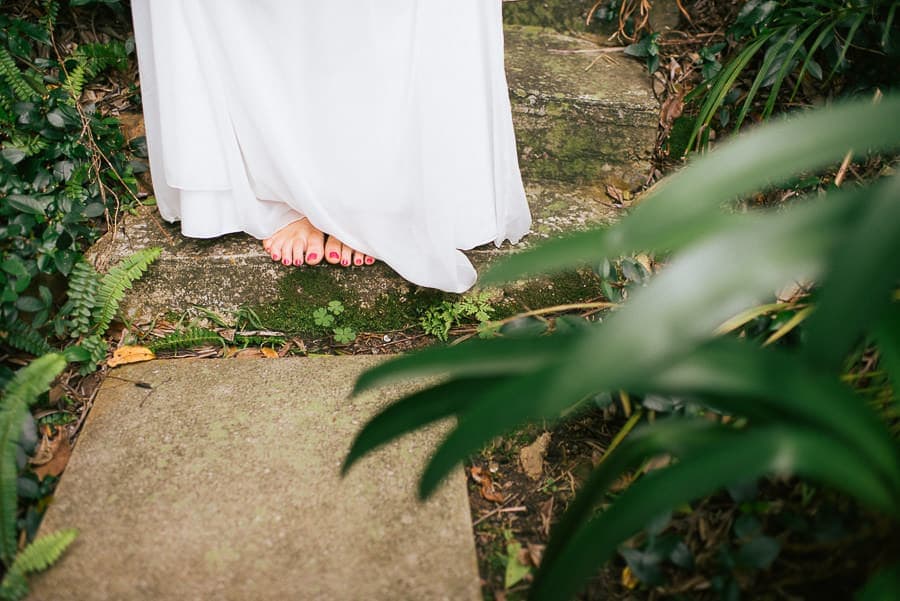
Lens: Nikon 35mm f/1.4, 1/200 f/2.0 ISO 100

Lens: Nikon 35mm f/1.4, 1/100 f/2.0 ISO 100
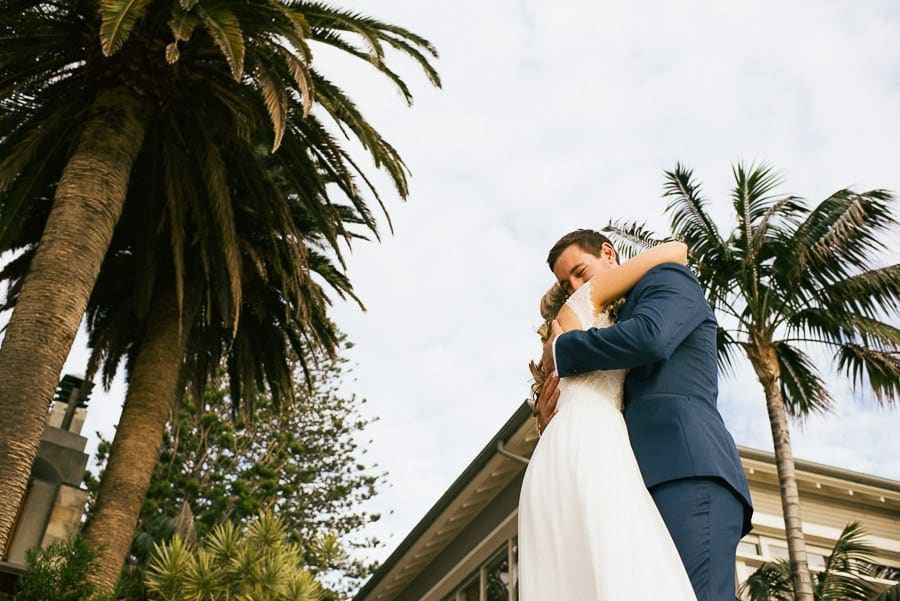
Lens: Nikon 35mm f/1.4, 1/640 f/4.0 ISO 100

Lens: Nikon 35mm f/1.4, 1/800 f2.2 ISO 100
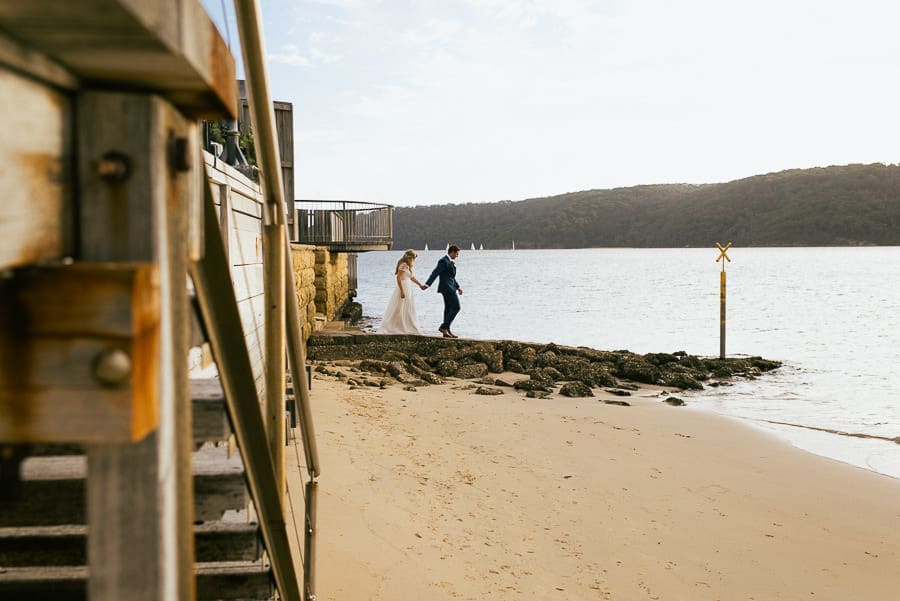
Lens: Nikon 35mm f/1.4, 1/500 f/5.0 ISO 100
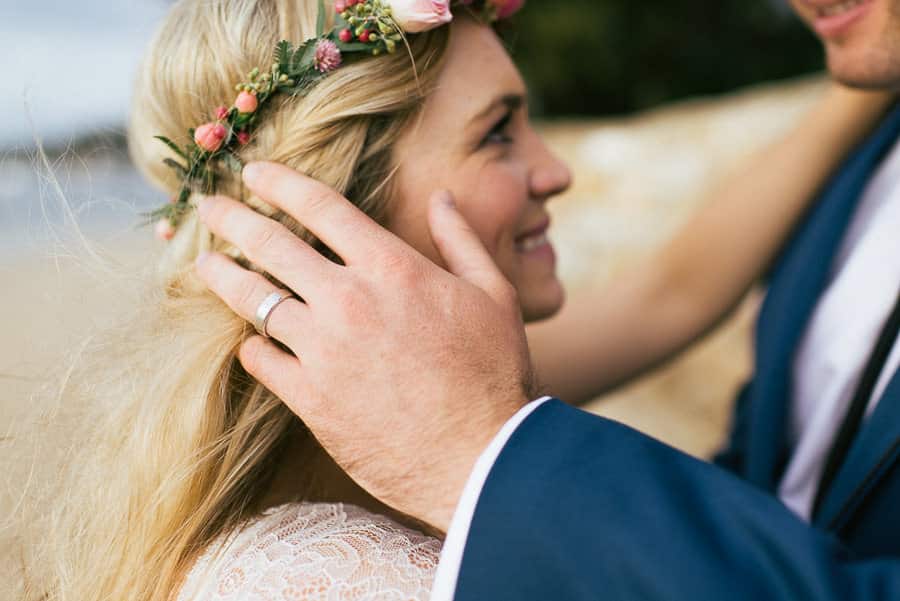
Lens: Nikon 35mm f/1.4, 1/1600 f/2.2 ISO 100
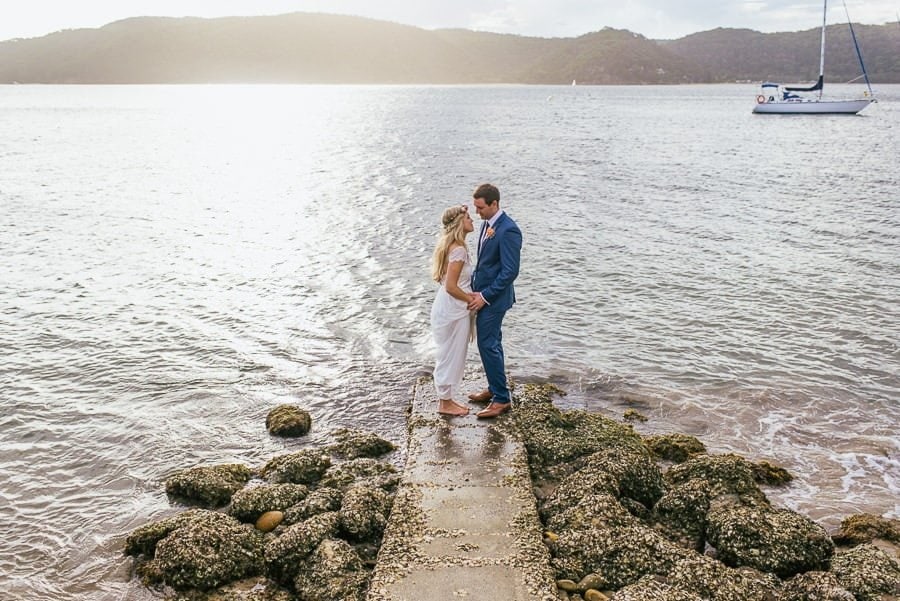
Lens: Nikon 35mm f/1.4, 1/500 f/5.0 ISO 100













